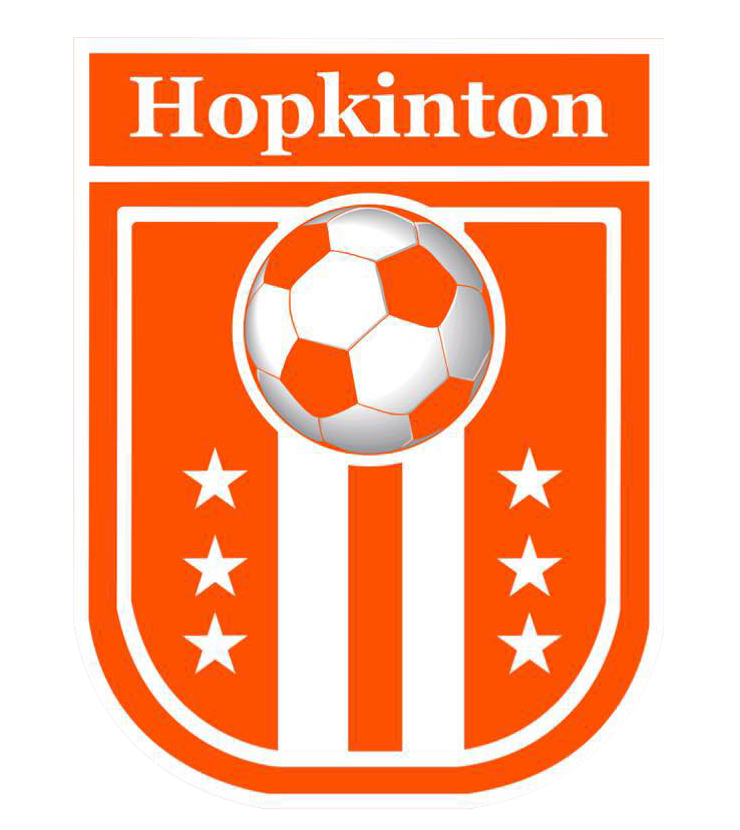HYS Rules for FOUNDATIONS (Kindergarten)
Field Size: 20 x 30 Yards
Goal Size: Pugg Pop Up Goal (4x6)
Ball Size: Size 3
Format: 3v3, no Goalkeeper (We play 3v3 so that all the players get plenty of touches on the ball. 4v4 at this age is not developmentally appropriate.)
Time: 30 min with 2, 12 min halves.
Restarts:
- Start of half: alternate possession in center of field. Pass to start.
- Sidelines: Coach drop-in. Defense must be 5 yards back.
- Endlines: Coach drop-in.
- Goals: Start in the center of the field. Pass or dribble to start.
Note: Coach Drop-ins refer to the practice of throwing or dropping a new ball into play as soon as the ball leaves the field of play. Generally coaches on the field carry an extra ball so that they can “drop-in” a new ball as soon as the ball goes out of play. This is a very effective way to keep the game moving at this age.
Playing Time: Mix of practice and games
Each playing session is 60 minutes in duration. One half hour of the session is devoted to practice games with both teams combined. The practice portion of time should involve all players with a ball whenever possible to maximize the number of touches for each player.
The other half hour is a game format. For the game portion of time each player shall play a minimum of 50% of the total playing time and no player shall play the entire game unless all other players have played at least 75% of the game. Recommendation is to substitute on the 6 minute quarters.
Equipment:
- Players may wear sneakers or soccer cleats.
- Shin-guards are MANDATORY.
- No child will be allowed to wear jewelry of any type during games or practice. (See Jewelry Policy)
Referee:
One coach or assistant coach from each team should be on the field.
Rules:
Start of play will be conducted with a kick off at the center circle. Opponents must be five yards from the center mark. The ball is in play when it has been kicked and moves forward. The ball must be completely over the line to be out of play or to be a goal.
There shall be no offsides.
All fouls and misconducts shall result in an indirect free kick with the opponents five (5) yards away. All free kicks are indirect and a goal may not be scored until the ball has been played or touched by a second player of either team. There will be no penalty kicks. All free kicks may be DRIBBLES or KICKS.
The use of DRIBBLES is to provide players with more opportunities to handle the ball and de-emphasize the BIG kick which so many young players have trouble avoiding. While BIG kicks are fun we should encourage ball control and dribbling first.
No slide tackles. Sliding to kick the ball is allowed if no opposing players are in the vicinity. Sliding into opposing players will result in a foul.
Some Guidelines from Youth Soccer Organizations
From United States Soccer Federation Best Practices
At the younger ages (6 to about 10), soccer is not a team sport. On the contrary, it is a time for children to develop their individual relationship with the ball. The fact that younger children are placed into team environments is not their fault. Do not demand that the more confident players share the ball. Encourage them to be creative and go to goal. Do the same with the rest of your players. Work to bring all your players up to that level of confidence and comfort with the ball. Coaches should avoid the impulse to “coach” their players from “play to play” in order to help them win the match. Coaches should not be telling their young players to “pass rather than dribble,” to “hold their positions” or to “never” do something (like pass or dribble in front of the goal).
From Mass Youth Soccer 21st Century Player Development Manual
Most coaches and parents would likely agree that teaching dribbling at these younger ages is extremely important. Regardless, if one attends a typical U6 or U8 game, one can hear the players being encouraged to boot the ball up the field. Shouts of “get rid of it!” and “kick it!” resonate the entire game. The further forward a player kicks, the louder the cheers. Players become hesitant to try to dribble as the cheers get louder for them to kick the ball with every second they possess it. Some children report they do not want to be yelled at anymore so they kick the ball even though no one is around them. Whatever the situation, we need to curb this tendency and need to encourage creative dribbling, not big kicking. What we must do as an organization is to make sure that our coaches are all on the same page. If all the teams are focusing on dribbling skills, then all children will be learning what is appropriate. The next task is to make sure this goal is communicated to parents so they know what is expected of the players and can support the players appropriately during games. Imagine how the players will react if they are encouraged to be creative and are cheered for when trying a daring new move. Imagine how much more comfortable even the most timid players will feel when encouraged to possess the ball and told they should keep the ball. This will only help development and help build confidence and increase enjoyment in these youngsters.
